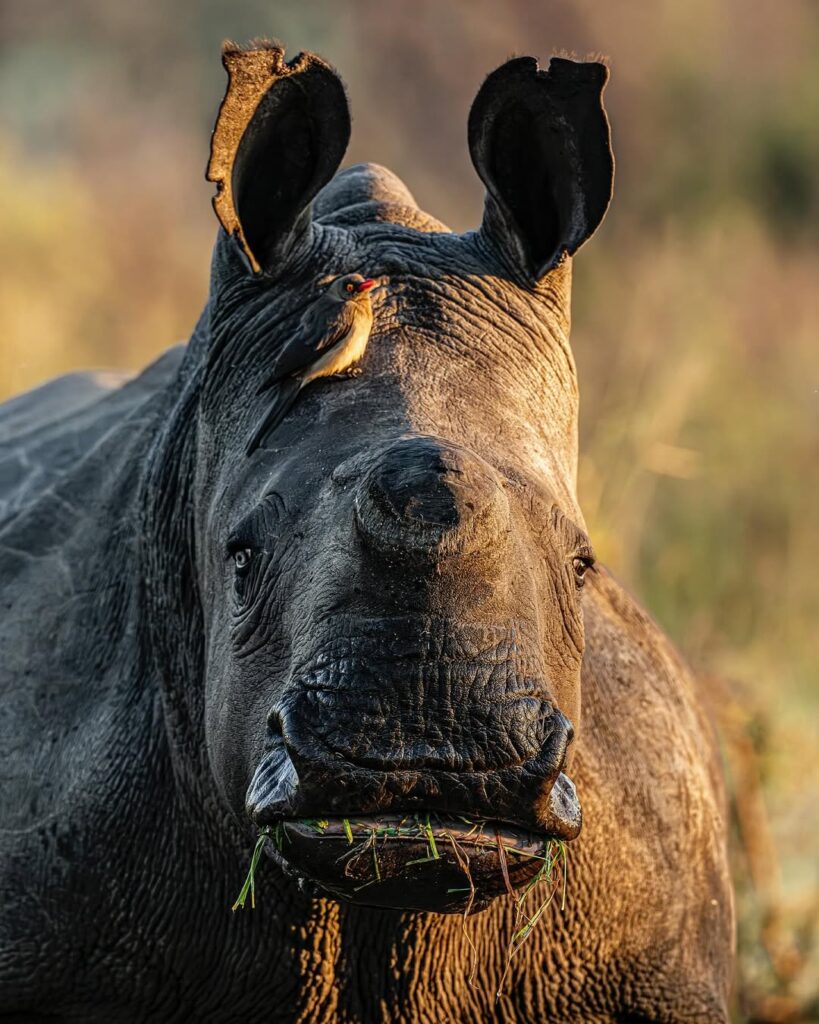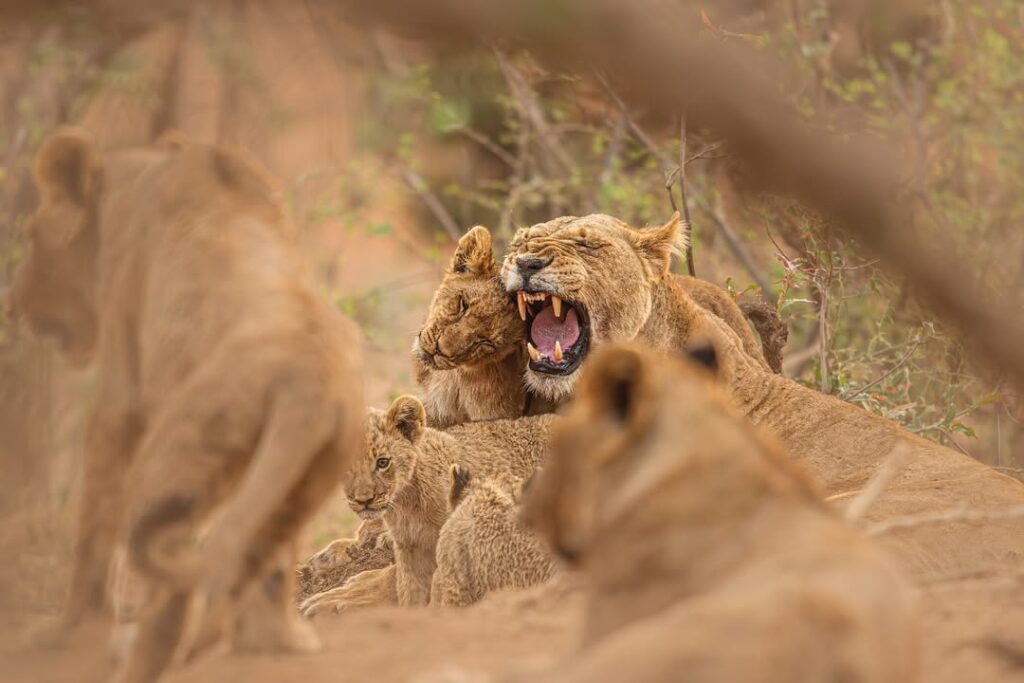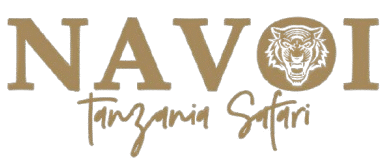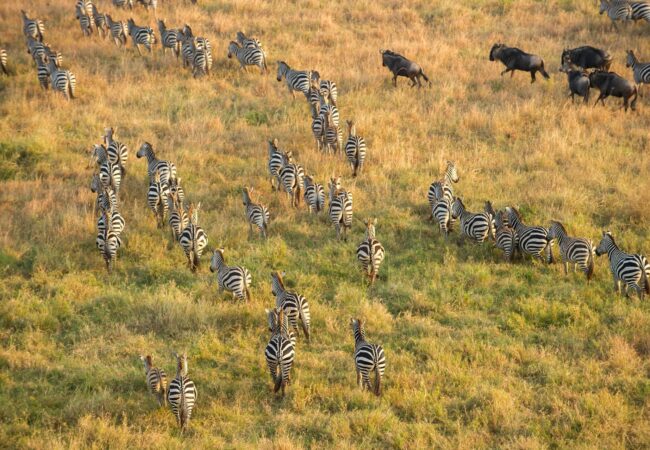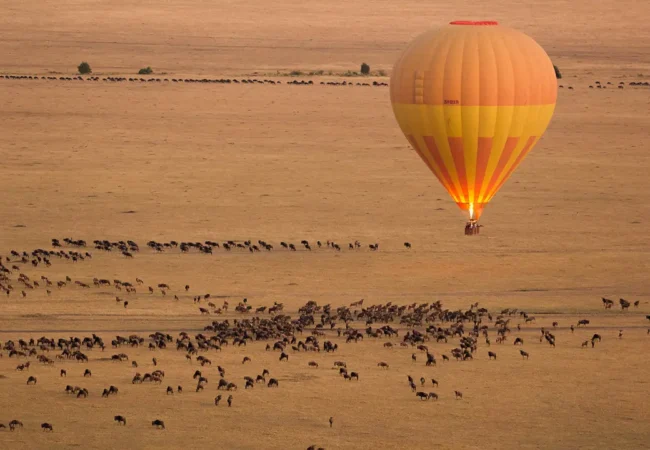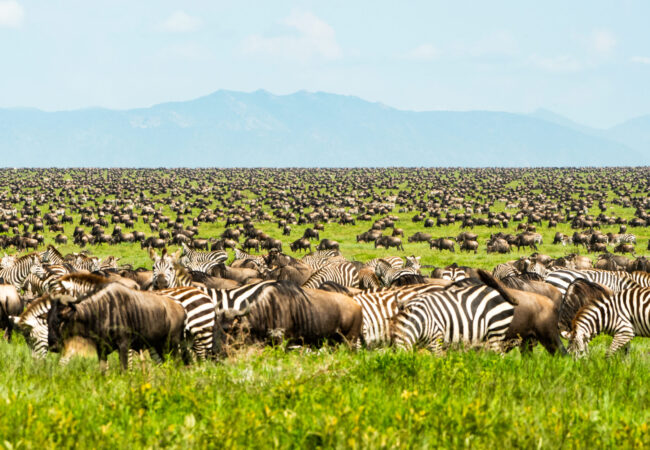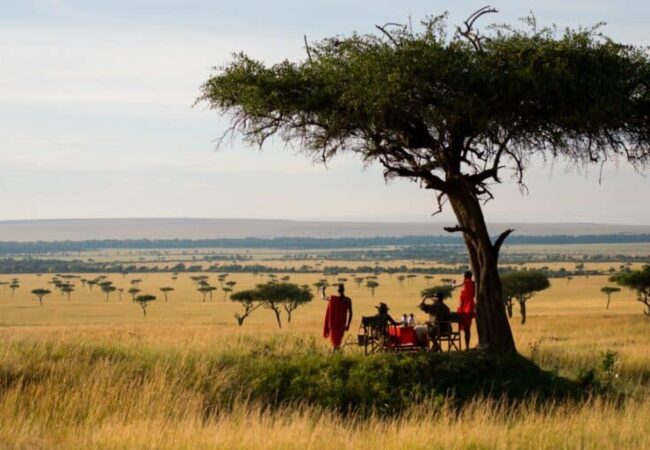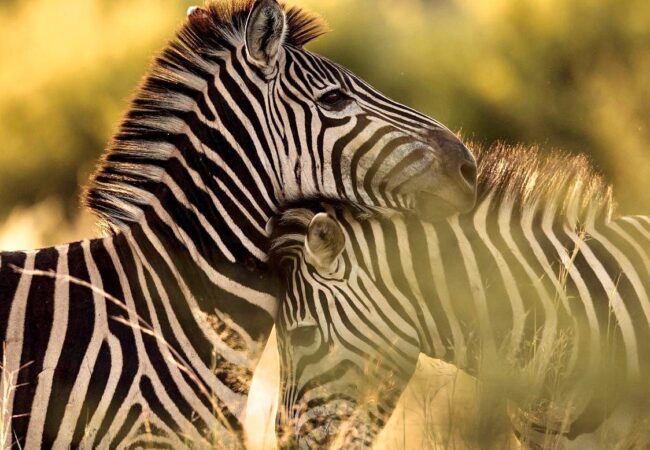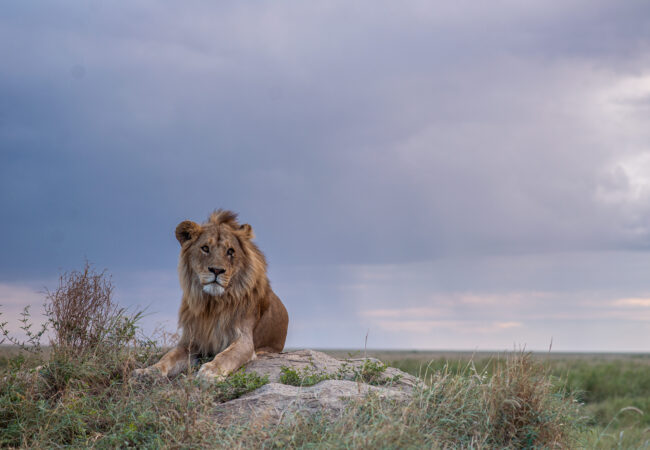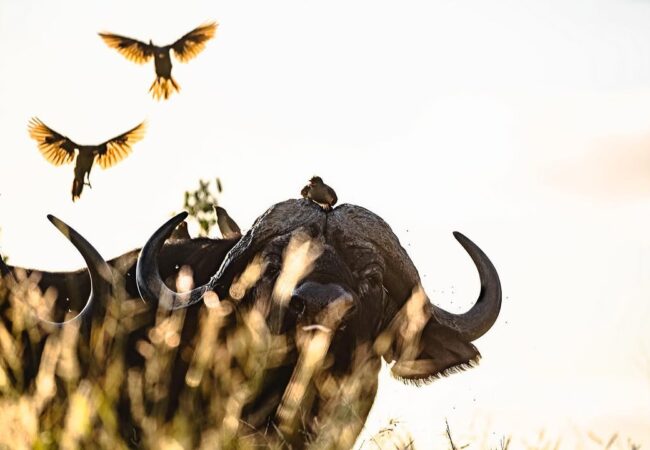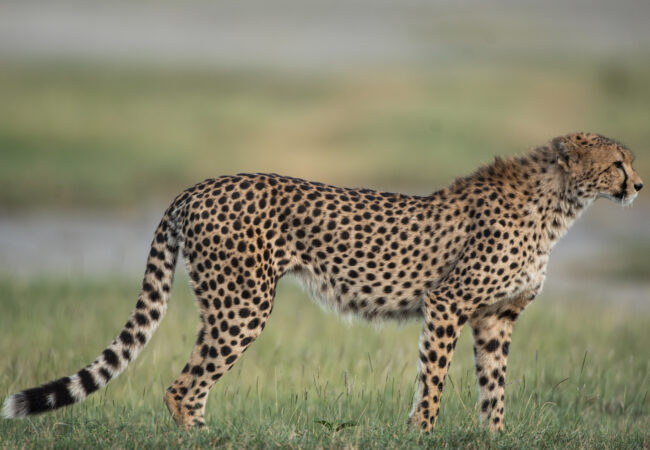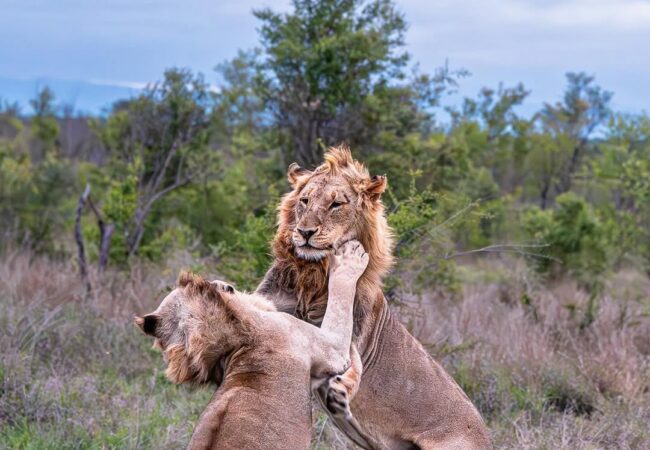Mikumi National Park Safari
A Mikumi National Park Safari is the perfect way to enjoy wildlife without traveling far from Dar es Salaam. Because the park is only a few hours’ drive away, it is often considered one of the most accessible safari destinations in Tanzania. Moreover, it offers diverse landscapes, from open savannahs to wooded hills, making every visit unique. Travelers can easily choose between day trips, overnight stays, or longer packages, depending on their preferences.
Why Choose Mikumi National Park
Mikumi is sometimes called the “mini Serengeti” because its wide plains resemble those of the famous park. However, it offers a quieter atmosphere and shorter travel times. In addition, Mikumi hosts elephants, giraffes, lions, wildebeests, zebras, and more than 400 bird species. For travelers who want a real safari experience on a tighter schedule, Mikumi is an ideal choice. As a result, it has become popular among both first-time visitors and seasoned adventurers.
Things to Consider Before Your Safari
When planning a Mikumi National Park Safari, there are several things to keep in mind. First, decide how much time you want to spend—day trips are possible, but staying overnight allows for sunrise and sunset game drives. In addition, consider the season, as wildlife viewing can differ between dry and wet months. Travelers should also book through reputable operators to ensure safety, comfort, and a reliable guide.
Best Time to Visit Mikumi
The dry season (June to October) is the best time for game drives, as animals gather around waterholes and visibility is clear. Conversely, the wet season (November to May) transforms the park into a lush, green paradise, perfect for birdwatchers and photographers. While both seasons are rewarding, most visitors prefer the dry months for classic safari experiences.
Mikumi Safari Prices and Lodges
The cost of a safari depends on the package. Budget day trips start at around $150 – $250 per person, usually including park fees, transport, and a guide. Mid-range packages cost $300 – $450, often with meals and accommodation. Luxury safaris can exceed $500 per person, offering private vehicles and high-end lodges.
Mikumi also has a wide range of accommodation:
- Budget Lodges & Camps: Affordable, simple, and close to the park. example camp bastian
- Mid-Range Lodges: Comfortable options with great food and services.
- Luxury Lodges: Exclusive stays with premium rooms, swimming pools, and private guides.
Because the park is close to Dar es Salaam, safari prices remain lower compared to more remote parks.
FAQ About Mikumi National Park Safari
Q: How far is Mikumi from Dar es Salaam?
A: The drive usually takes 4–5 hours, depending on traffic and road conditions.
Q: Can I see the Big Five in Mikumi?
A: Lions, elephants, and buffaloes are common. However, rhinos and leopards are rarely seen.
Q: Is Mikumi good for a short trip?
A: Yes, it is perfect for day trips and weekend getaways.
Q: Are walking safaris available?
A: Some lodges and tour operators offer guided nature walks near the park.
Conclusion
A Mikumi National Park Safari offers an affordable and accessible way to experience Tanzania’s wildlife. With diverse animals, flexible packages, and a range of lodges, Mikumi is a destination that fits both short escapes and longer adventures. Whether you choose 2025 or 2026 for your trip, Mikumi guarantees an unforgettable safari experience.

